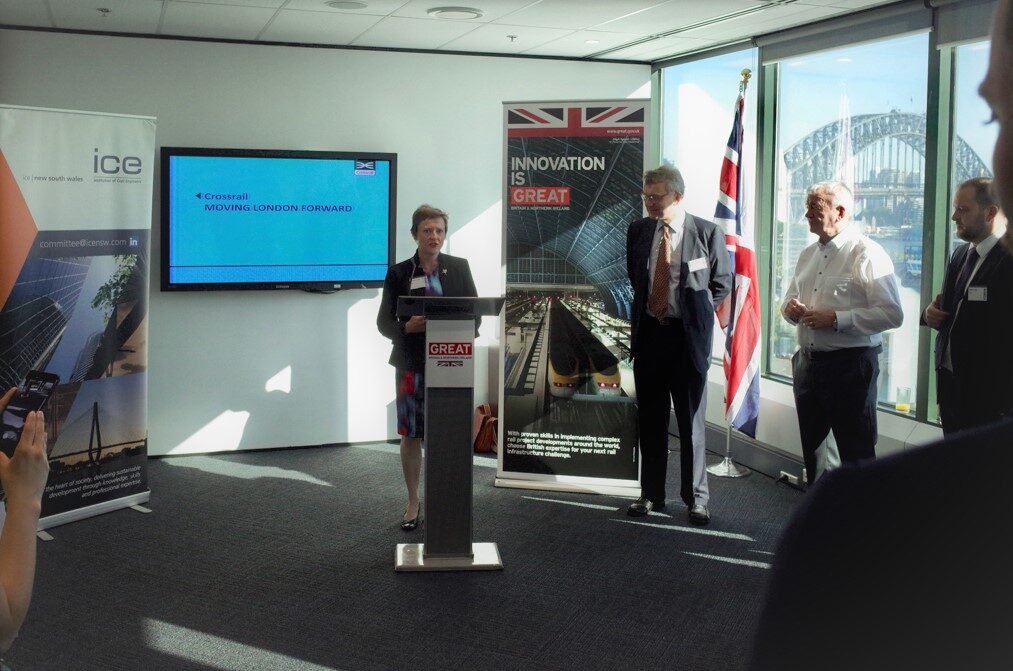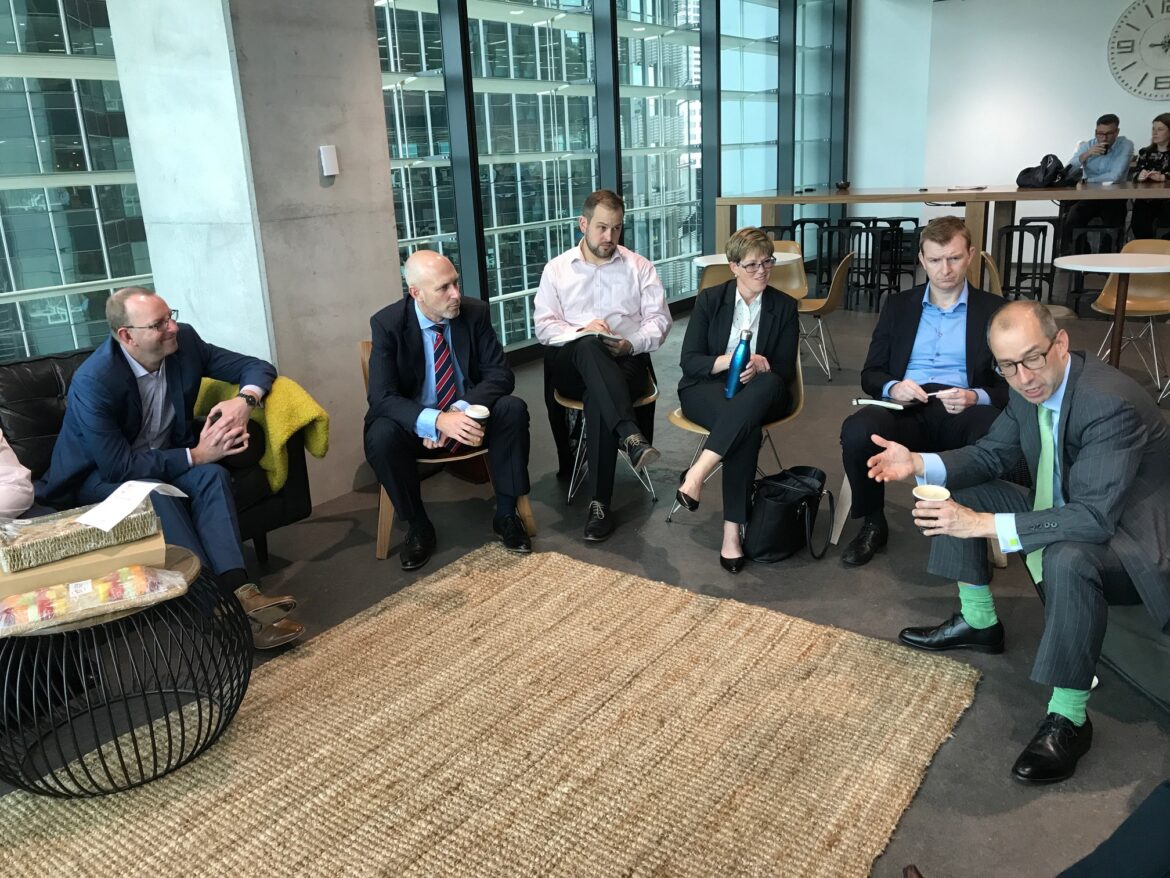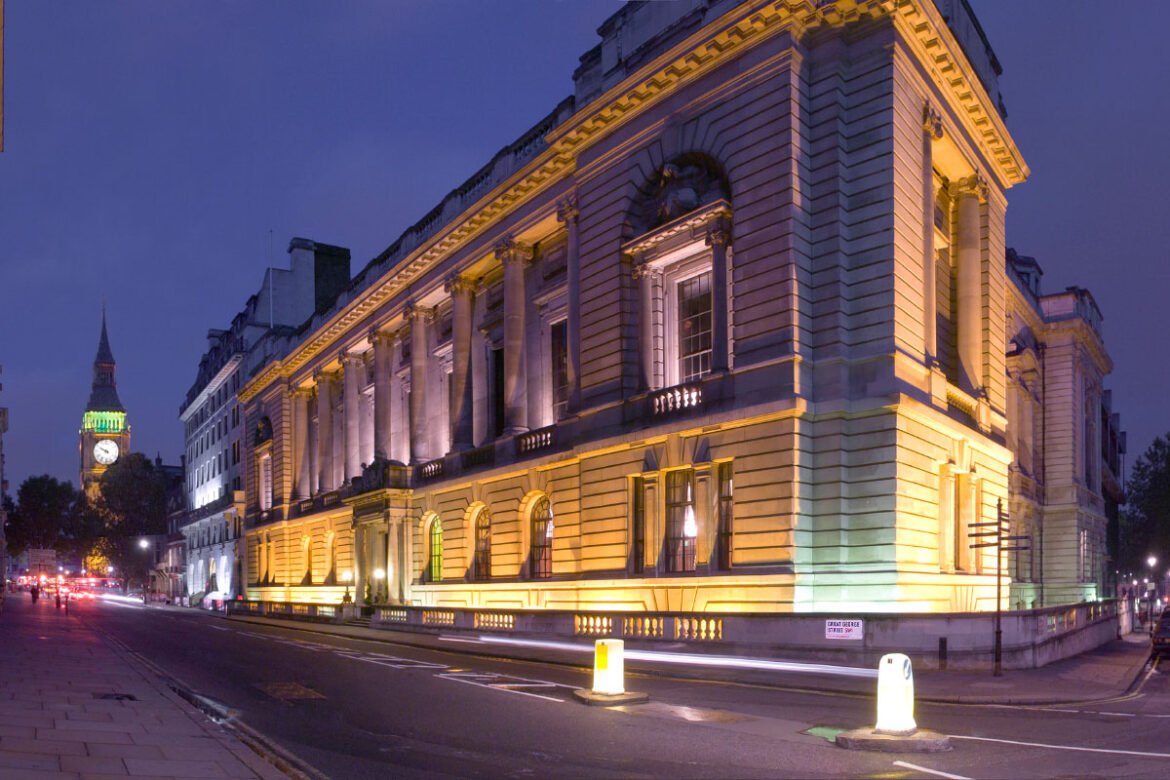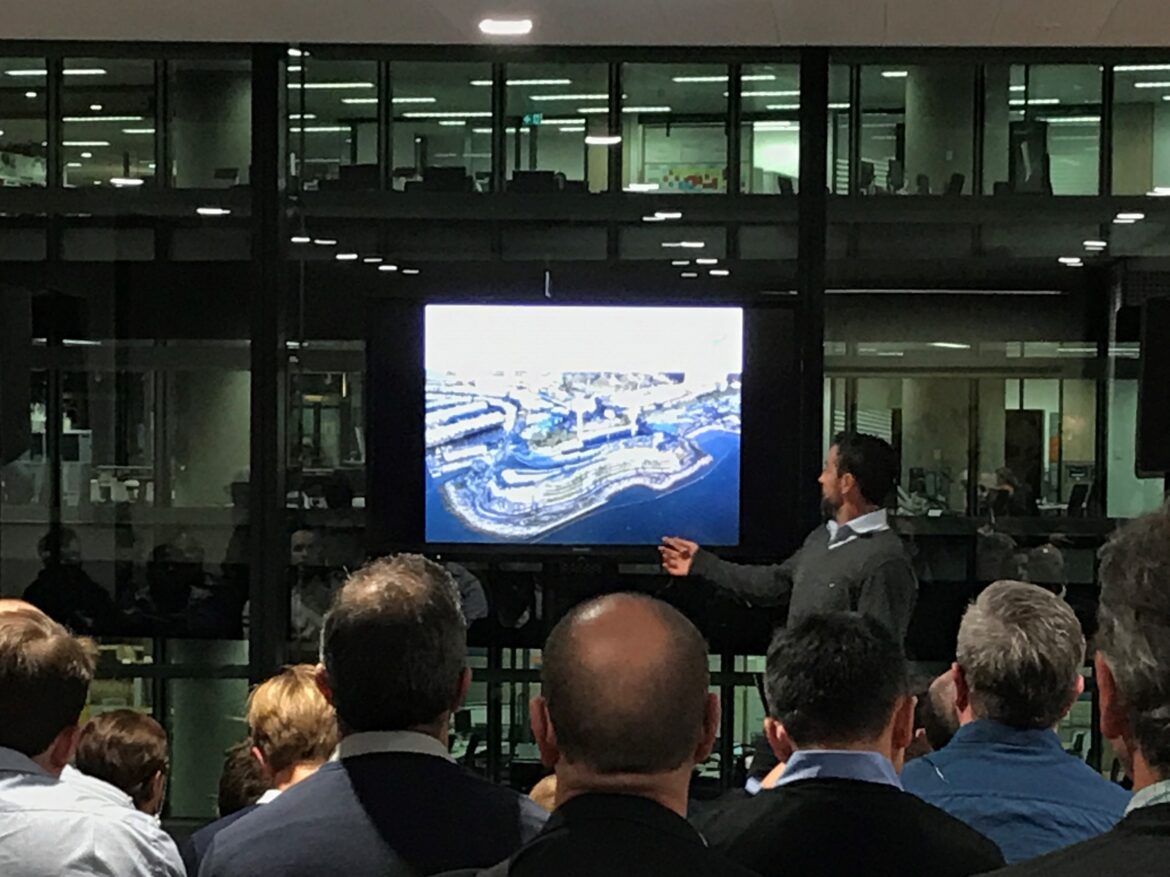Sir Terry Morgan talks Crossrail and Infrastructure
In November MCE were pleased to support a recent Institution of Civil Engineers and Department of Trade and Industry breakfast with Sir Terry Morgan, Chairman of Crossrail. The Consulate General; Michael Ward and Rachel Fowler introduced Sir Terry who gave an overview of Crossrail and its achievements. The event was well attended by a variety of senior industry leads. Some of the key points of discussion were:
- There is a strong comparison between the UK and Sydney using the historically low interest rates to secure infrastructure projects to grow the economy.
- Hear how Crossrail introduced over 700 apprentices to the project and the engineering industry. How this could be applied in Australia as we are currently struggling with a shortage of engineers and professionals which will get worsen over the next 5-10 years.
- The importance of System Integration on major projects and the importance of multi-disciplinary engineers to fully interface the disciplines to deliver major projects.








